Real vs. Decorative Samurai Swords: What You Need to Know
October 27th, 2025
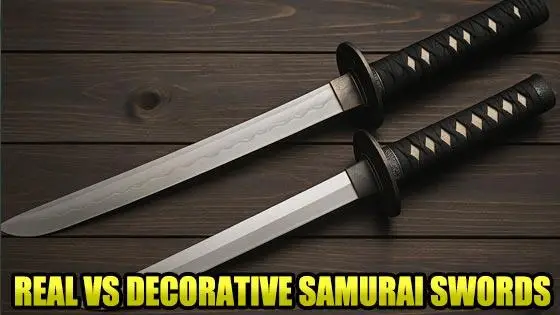
Samurai swords have a special kind of magic to them. They're sleek, powerful, and carry centuries of history in every curve of the blade. But here's the thing most people don't realize: not every sword that looks like a katana can actually be used like one. Some are built to slice through targets with precision, while others are made just to look good on a wall. If you've ever wondered how to tell the difference between a real samurai sword and a decorative replica, this guide will help you understand what makes each one unique and which type might be right for you.
What Makes a Samurai Sword Real?
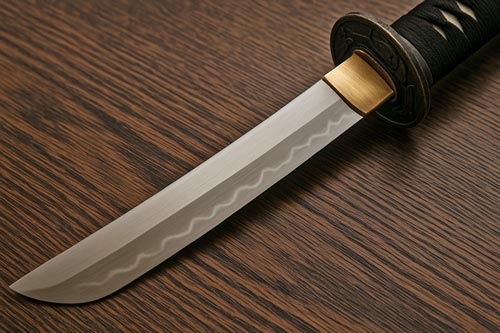
A real samurai sword isn't just sharp and shiny. It's a finely crafted weapon built to perform under pressure. What separates a functional sword from a decorative one comes down to the materials, construction, and balance.
A true samurai sword is made from high-carbon or folded steel, forged using a process that hardens the edge while keeping the spine flexible. This gives the sword its famous cutting power and prevents it from snapping during use. Real swords are always full tang, meaning the blade extends all the way through the handle for stability and strength. You can also spot a genuine katana by its hamon line, a natural wave pattern formed during heat treatment. Collectors and martial artists prize these blades not only for their precision but for the centuries of craftsmanship behind them.
Decorative Samurai Swords: Beauty Without Function
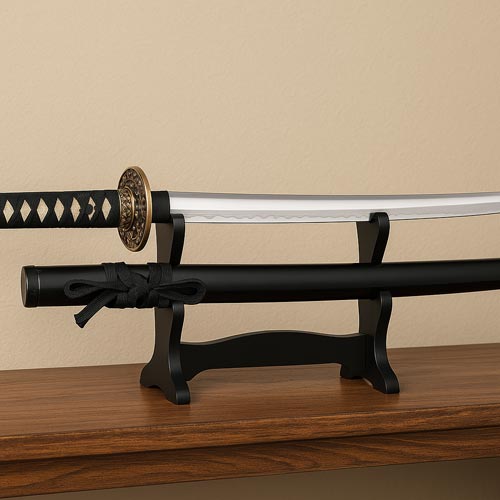
Decorative samurai swords are designed to look impressive, but they aren't built for real use. These blades often use stainless steel, which resists rust but lacks the strength and flexibility needed for cutting. Decorative swords also tend to have welded or glued tangs instead of full tang construction, making them unsafe for any kind of martial arts practice.
Most decorative katanas are created for collectors, display stands, or themed decor. They often have ornate fittings, glossy scabbards, and eye-catching colors that make them stand out in a collection. While they look authentic from a distance, these swords are better suited for wall mounts than real-world performance. For enthusiasts who love the artistry of Japanese swords but don't plan to use them, decorative blades can still be a beautiful and affordable option.
The Key Differences at a Glance
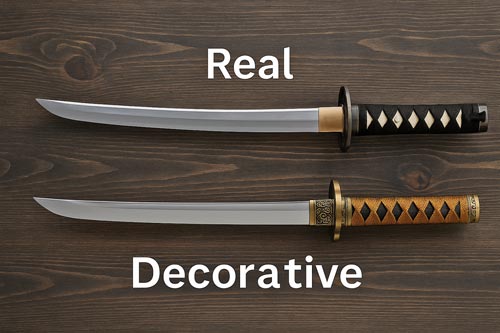
At first glance, real and decorative samurai swords might look almost identical, but the differences become obvious once you know what to look for. Everything from the steel to the handle construction affects how the sword performs and feels in your hands.
A real samurai sword uses high-carbon or folded steel, giving it both strength and flexibility. It has a full tang that runs through the handle, allowing it to withstand real cutting force. Decorative swords, on the other hand, are made with stainless steel and often have welded or hollow tangs, which makes them look authentic but unsuitable for real use. Another clear sign is the sharpness of the blade. Functional swords are carefully sharpened and balanced for cutting, while decorative versions are typically dull and designed only for display.
To make it easier to compare, here's a quick overview of the main differences:
- Blade Material: High-carbon steel (real) vs. stainless steel (decorative)
- Tang Construction: Full tang (real) vs. welded or glued tang (decorative)
- Sharpness: Razor-sharp edge (real) vs. dull, polished surface (decorative)
- Purpose: Cutting and training (real) vs. display and decoration (decorative)
- Price Range: Higher due to craftsmanship (real) vs. lower due to mass production (decorative)
Can You Train With a Decorative Samurai Sword?
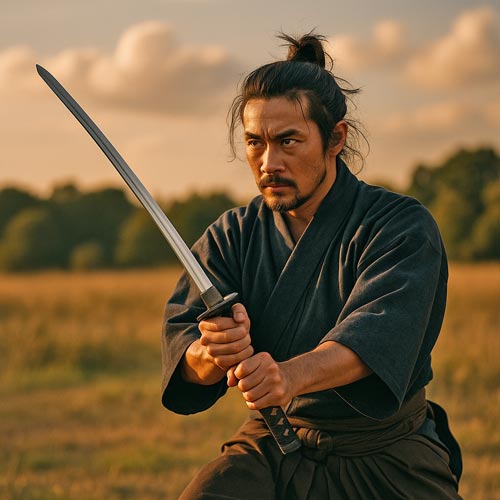
Training with a decorative samurai sword is never a good idea. While decorative swords may look authentic, they are not designed to handle the force or movement involved in martial arts practice.
Decorative swords are often made from stainless steel or cast alloys, which are brittle and can break under impact. They also tend to have welded or glued tangs instead of full tang construction, making them unsafe for swinging or cutting. In martial arts, practitioners use an iaito for practice or a sharpened katana made of high-carbon steel for cutting drills known as tameshigiri. These swords are balanced, durable, and built to handle real movement. Using a decorative sword in training risks serious injury and damage to the blade, so it's best to keep them strictly for display.
How to Tell If a Samurai Sword Is Authentic
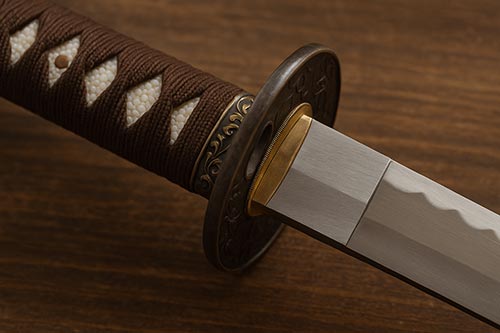
Knowing how to identify a real samurai sword can save you from buying a cheap imitation. The difference often lies in the blade details, handle construction, and overall feel of the sword.
A genuine samurai sword will have a hamon line that forms naturally during the tempering process, not one that's etched or painted on. The blade should feel balanced, with most of the weight near the handle rather than the tip. The handle, or tsuka, is usually wrapped in ray skin and tightly braided silk or cotton, secured with small bamboo pegs called mekugi. A real sword also uses high-carbon steel or folded steel, which produces a subtle grain pattern visible under light. If a sword looks too shiny, feels unbalanced, or has glued parts, it's almost certainly decorative.
Choosing the Right Sword for You
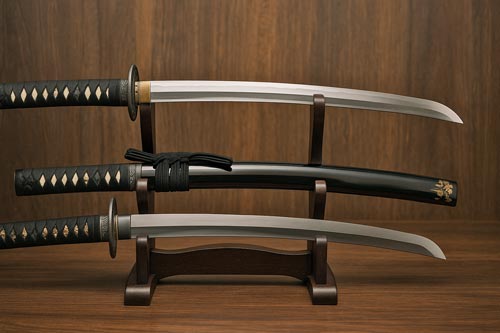
Choosing between a real and decorative samurai sword depends on what you plan to do with it. Both have their place, but knowing your purpose will help you pick the right one.
If you want a sword for martial arts, test cutting, or realistic demonstrations, go with a battle-ready katana made from high-carbon or folded steel. These are built for performance and durability, with proper weight balance and a full tang for strength. If your goal is to create a beautiful display or complete a themed decor, a decorative samurai sword is a great choice. These are more affordable, easier to maintain, and come in a wide variety of designs that capture the elegance of traditional Japanese weapons. Whether functional or ornamental, every sword has its own kind of artistry, and the best choice is the one that fits your passion.
The Legacy of the Samurai Lives On
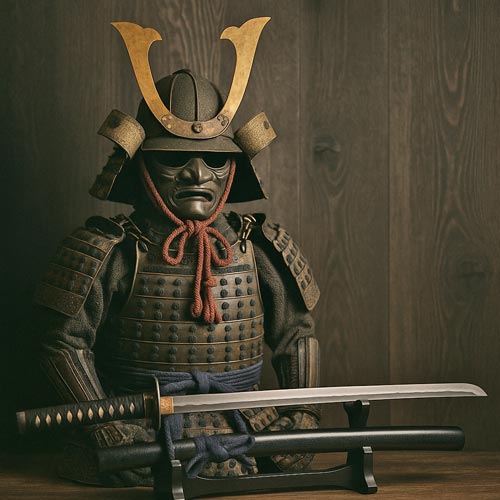
Even today, samurai swords continue to capture the imagination of collectors, martial artists, and history enthusiasts around the world. Each blade represents more than just steel and craftsmanship; it reflects the discipline, skill, and spirit of a warrior culture that valued honor above all else.
Whether you choose a real battle-ready katana or a decorative sword for display, you're keeping a piece of that legacy alive. These blades connect us to a time when every strike, polish, and detail was a reflection of a craftsman's devotion to perfection. The samurai may be gone, but their swords remain timeless symbols of mastery and respect.
Final Thoughts
Whether you're drawn to the history, the artistry, or the sheer presence of a samurai sword, understanding the difference between real and decorative blades makes all the difference. Both types have their own purpose, and each captures a piece of Japan's legendary sword-making tradition in its own way.
If you want to explore some incredible examples of both functional and display-quality swords, check out our full selection here: Samurai Swords at KarateMart.com.
I also put together a YouTube video that dives deeper into everything we covered here. It walks through real examples, explains what to look for, and shows the differences up close. You can watch that video right below!
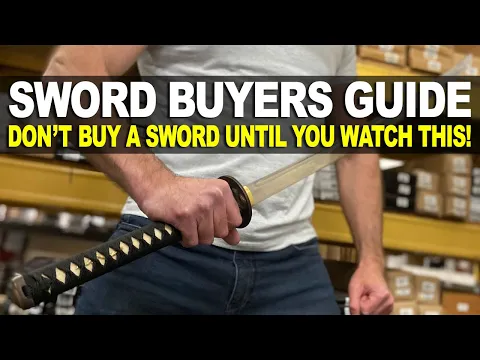
You May Also Be Interested In:
- Kukri vs Machete: What's the Real Difference?
- Samurai Sword Buying Guide: Which Katana is Best?
- Our Top Superhero Inspired Weapons In Real Life!
- The History of the Kendo Uniform: From Samurai Armor to Modern Training
- The Real History of Nunchaku: From Farm Tool to Martial Arts Icon
- How Indestructible is the Indestructible Plastic Samurai Sword?
- Are these Swords Junk? You'll be Shocked by the Results!
- Five Types of Deadly Japanese Swords
- New SAP Gloves, Stun Guns & Swords!
- New Weapons for 2023: Knives, Swords and Knuckles!
Leave a Reply
























